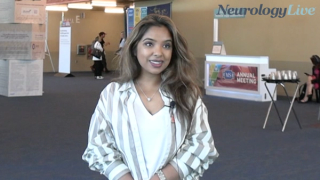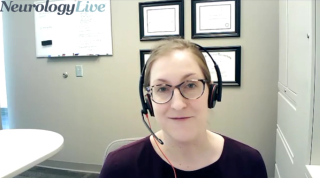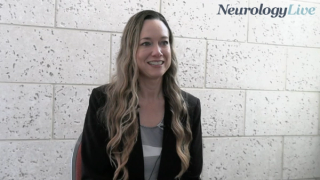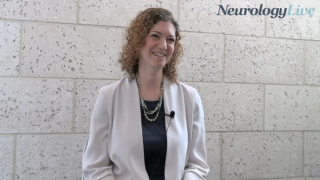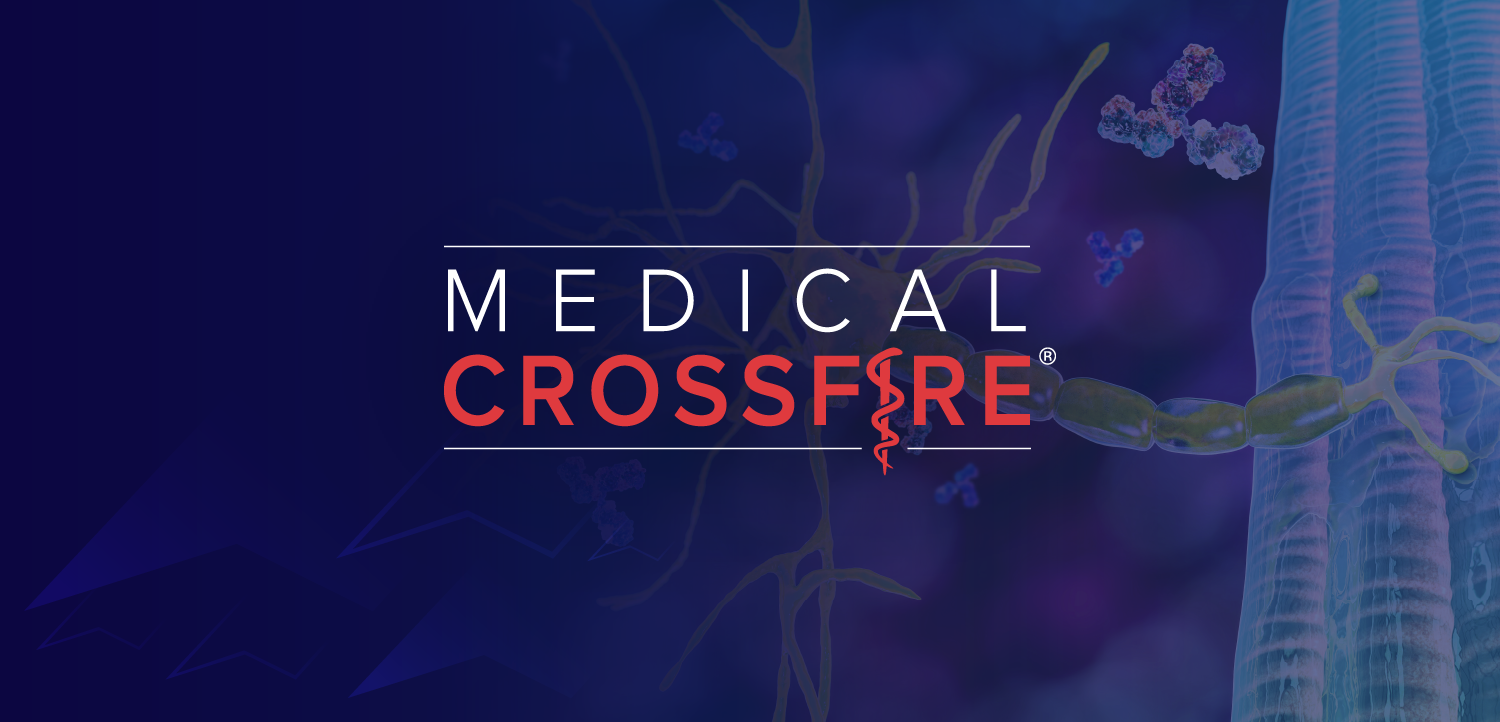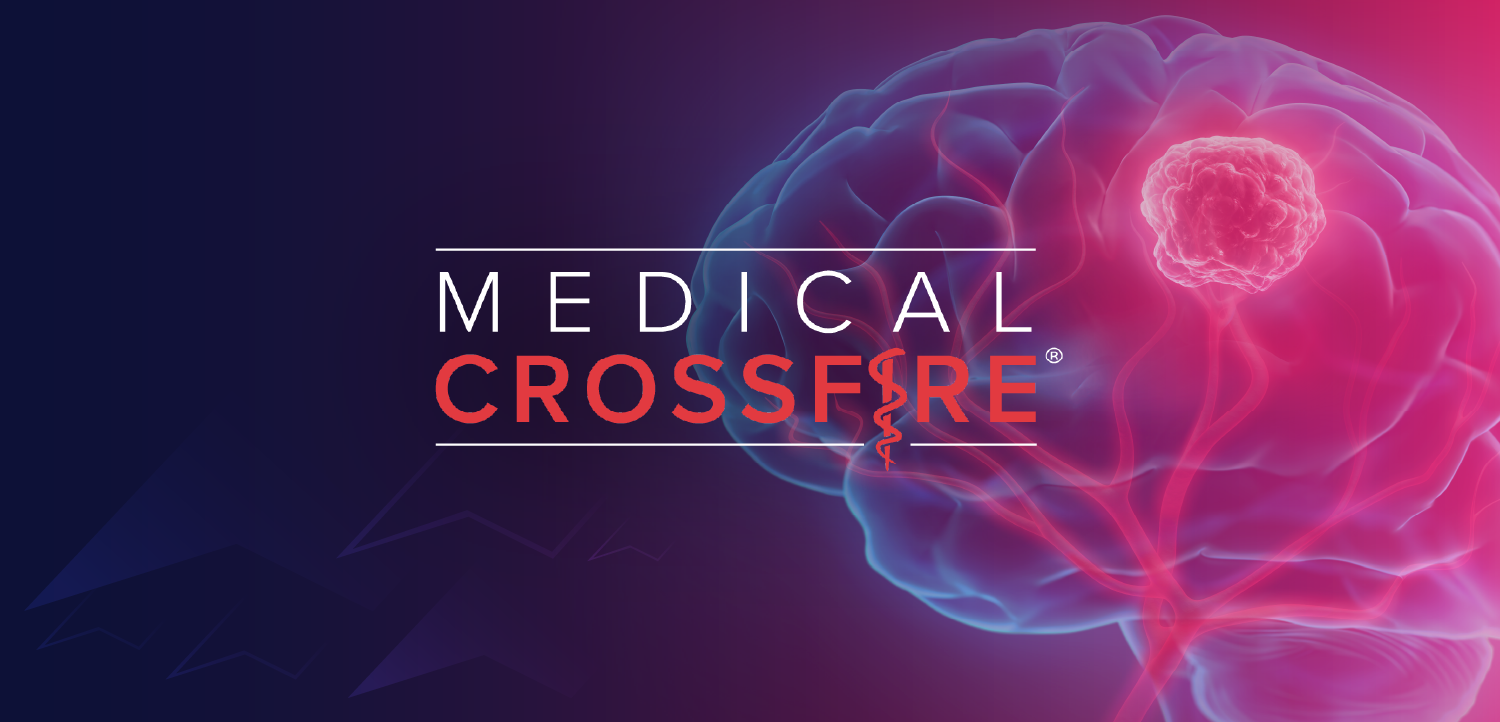
NMOSD
Latest News

Latest Videos

CME Content
More News
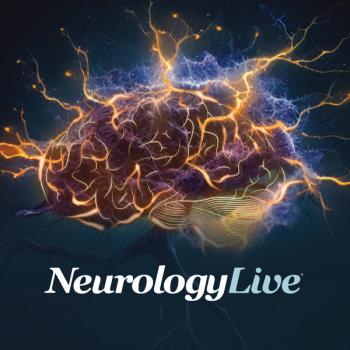
A groundbreaking study reveals the connection between GLP-1 hormones and brain inflammation in neuromyelitis optica spectrum disorder, suggesting new treatment avenues.

Bio-Thera Solutions announced that its pivotal trial of BAT4406F, an anti-CD20 monoclonal antibody, for neuromyelitis optica spectrum disorder will close enrollment early after achieving statistically significant efficacy.

New findings highlight the potential of sCD83 as a prognostic biomarker in NMOSD and MOGAD, supporting its role as both a therapeutic target and a marker of treatment response in these autoimmune diseases.

Findings from a new study from Mayo Clinic may offer clinicians a straightforward metric lesion resolution to aid them in distinguishing MOGAD from MS in routine clinical practice.

In a new study, findings show elevated CSF 14-3-3 protein levels in AQP4-NMOSD, suggesting its potential as a biomarker for neuroaxonal damage and disease severity.

A recent research letter emphasized that meningitis could be a possible early manifestation of MOG antibody–associated disease, according to results previously published in an international study.

A recent survey revealed significant variability in treatment decisions for pediatric MOGAD, highlighting gaps in knowledge and the potential need for improved clinical guidelines.

Recent MR analysis uncovers protein associations with neuromyelitis optica spectrum disorder, suggesting new treatment pathways and drug targets for improved management.

A review highlighted the role of serum neurofilament light chain as a potential biomarker in MOG antibody-associated disease, with findings pointing to associations with attack severity.

A recently published population-based study reported that patients with MS or NMOSD had a significantly higher risk of autoimmune rheumatic diseases than matched controls.

A 17-year-old with NMOSD and rituximab treatment developed PML after several relapses and secondary hypogammaglobulinemia, leading to his death 3 months after diagnosis.

Sumaira Ahmed, founder and executive director of The Sumaira Foundation, discussed how FDA-approved therapies transformed the NMOSD treatment landscape and highlighted ongoing challenges in patient care.

A global cohort study identified distinct clinical patterns and higher relapse rates in pediatric patients with MOGAD with non-P42 MOG antibody binding profiles.

Treatment strategies varied across cases, incorporating therapies like prednisolone, rituximab, and azathioprine, with overall positive outcomes and symptom improvement.

A post-hoc analysis of patients from the CHAMPION-NMOSD trial revealed that the majority received their initial meningococcal vaccination within 6-months of their last rituximab dose.

A recent study reported that the presence of oligoclonal bands in cerebrospinal fluid of patients with myelin oligodendrocyte glycoprotein antibody-associated disease may be associated with a higher risk of relapse.

The assistant professor in the neurology department at the University of Utah in Salt Lake City discussed the importance of addressing broader quality-of-life measures in patients with NMOSD beyond just preventing relapses. [WATCH TIME: 3 minutes]
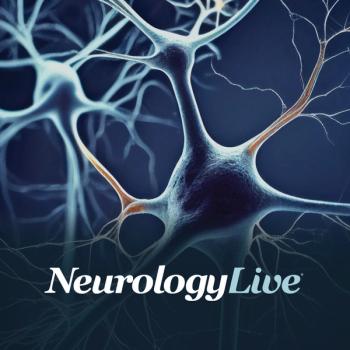
A newly developed advanced fMRI-based classification model demonstrated efficacy in distinguishing multiple sclerosis from neuromyelitis optica spectrum disorder, potentially having the ability to improve diagnostic accuracy.

Cerebrospinal fluid lipid profiling revealed potential biomarkers for distinguishing NMOSD from MS and tracking disease activity, offering new insights into neuroinflammatory disease monitoring.

The assistant professor in the neurology department at the University of Utah in Salt Lake City provided a clinical overview of the new and old therapies for NMOSD, and how clinicians should go about choosing for their patients. [WATCH TIME: 6 minutes]

A recent study reported significantly elevated cerebrospinal fluid inflammatory markers in pediatric myelin oligodendrocyte glycoprotein antibody-associated disease during acute phases.

A 5-year retrospective analysis offered insights into disease characteristics, treatment responses, and clinical outcomes of neuromyelitis optica spectrum disorder as well as myelin oligodendrocyte glycoprotein antibody-associated disease.

A significant number of pregnancies in NMOSD patients experienced relapses postpartum, with 50% of pregnancies showing complications for both mother and fetus.

A large registry-based study analyzed treatment patterns and attack risks in neuromyelitis optica spectrum disorder and myelin oligodendrocyte glycoprotein antibody-associated disease.

A unique case highlighted the complex interplay between NMOSD and other autoimmune diseases, demonstrating the challenges in diagnosing and managing the condition.





